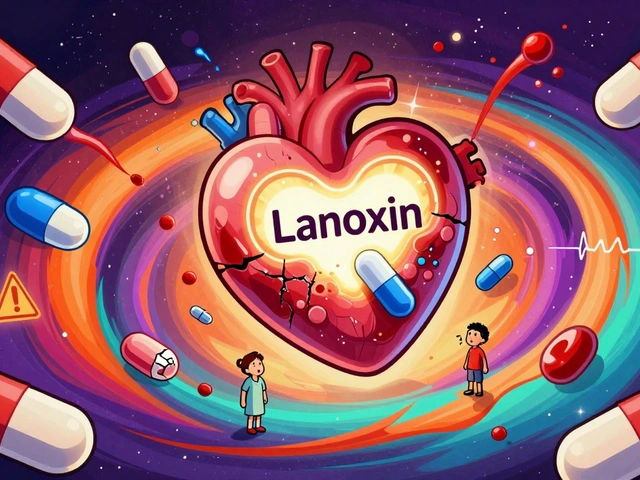Hemorrhoid Relief: Fast, Practical Steps That Work
About half of adults will face hemorrhoid symptoms at some point. If you're dealing with itch, burning, pain, or a little bleeding after a bowel movement, you don't need to panic. You can try specific, low-risk steps at home that usually help within days. Here’s a clear plan you can follow right away.
Quick home fixes that actually help
Start with fiber. Eating 25–35 grams of fiber a day softens stools, cuts down straining, and reduces flare-ups. Choose whole grains, beans, fruits, veggies, or a psyllium supplement if food alone is hard to manage.
Drink more water. Aim for steady fluids through the day so stools stay soft. Don’t chug a bunch at once—consistent hydration works better.
Don’t delay bowel urges and avoid long toilet sessions. Straining and sitting on the toilet for a long time raise pressure in the anal veins. If you need to, prop your feet on a small stool so your hips bend forward—this shortens the straight-line path and makes passing stool easier.
Sitz baths are simple and effective. Sit in warm (not hot) water for 10–15 minutes, two to three times daily, and after bowel movements. It soothes pain and helps swelling go down.
Try cold packs for the first day to cut swelling, then switch to warm sitz baths. Use witch hazel pads or over-the-counter medicated wipes to clean gently—avoid harsh soaps and rubbing.
Short courses of topical hydrocortisone cream can ease itching and inflammation. Use as directed and don’t apply for weeks without checking with a clinician. Over-the-counter pain relievers like acetaminophen or ibuprofen help with short-term discomfort.
If constipation is part of the problem, a short-term stool softener (docusate) or an osmotic laxative (polyethylene glycol) can break the cycle of hard stools and straining. Use them only as needed and talk to your pharmacist or doctor if you plan to use them regularly.
When home care isn’t enough — what your doctor can do
See a clinician if you have heavy bleeding, fever, severe pain, a prolapsed hemorrhoid that won’t reduce, or symptoms that last more than a week despite home care. Those are signs you may need a procedure.
Common clinic treatments are quick and effective: rubber band ligation (a tiny band cuts off blood flow to a swelling), sclerotherapy (injection to shrink it), and infrared coagulation. For large or very painful hemorrhoids, surgery—like hemorrhoidectomy or stapled hemorrhoidopexy—may be recommended. Talk openly about recovery times and pain control; many procedures are outpatient and relieve symptoms long term.
Preventing recurrences is mostly about habits: steady fiber and fluids, regular exercise, avoid heavy lifting without bracing your core, and not straining. Pregnant people often get hemorrhoids late in pregnancy; symptoms usually improve after delivery, but the same home steps help now.
Track your symptoms for a week. If simple changes don’t ease things, book a visit. A short chat with your provider can stop small hemorrhoids from becoming a big problem.
Hemorrhoid Relief and FAQs: Your Comprehensive Guide
This article provides answers to common questions about hemorrhoids. It covers basic information, symptoms, causes, treatments, and prevention tips to help manage and understand this common health issue. With practical advice and interesting facts, this guide serves as a helpful resource for those seeking relief.





